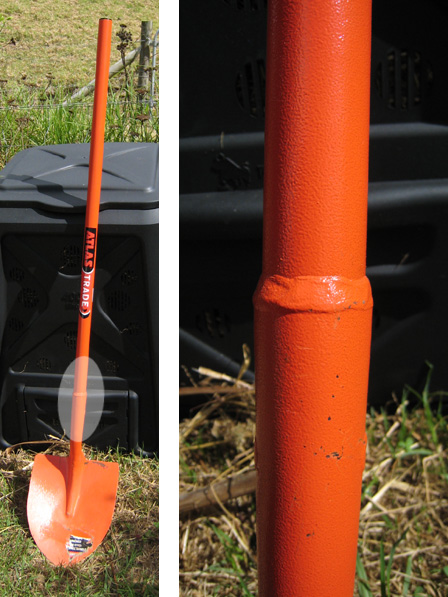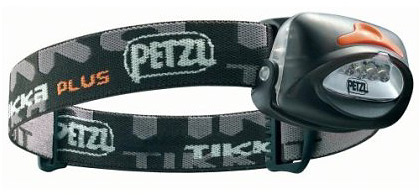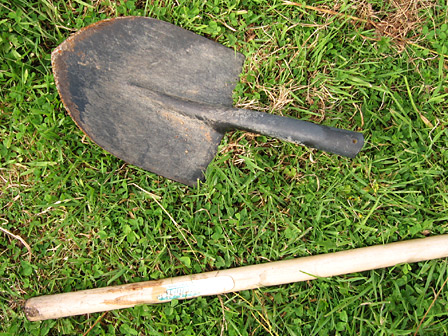A few Farmlet readers have asked about how we make the images that we include with our posts. Mainly: What camera are we using?
We use the Canon PowerShot SD800 IS / Digital IXUS 850IS. The same camera has several different names. In America, it is known as the PowerShot SD800 IS. In other countries (except Japan), it is called the Digital IXUS 850IS.

The Canon Digital IXUS 850IS
This camera has been reviewed to death, so what follows are some of my casual observations.
Besides being a lifelong Canon user, and having earned a bit of a living with their professional equipment in the past, I chose the IXUS 850IS mainly because it has a wide angle lens (equivalent to a 28mm lens on a 35mm SLR). Decently wide lenses are very rare on consumer class digital cameras. Most of them only go as wide as 35mm.
The camera carries the IS designation, meaning that it features an optical image stabilization system. I always shoot in IS mode. While I haven’t tested the limits, it feels about two stops faster with IS activated.
I’ve carried a lot of heavy photographic equipment for a lot of years, and I can’t believe what this camera can do. While I miss the control that I had with SLR systems, this tiny camera is remarkable.
What I like:
Image stabilized 28-105mm (35mm equivalent) lens.
The image quality is very good, overall.
Spot meter. In my EOS1 days, I used to shoot almost exclusively in full manual mode—or shutter priority—with spot metering. The spot meter and auto exposure lock features are weirdly usable on the SD800/IXUS850. They work great in high contrast situations.
The camera is very fast and responsive.
The screen is huge and clear.
The camera body is only slightly larger than a deck of cards.
The sensor noise at ISO 400 is actually not too bad.
Excellent build quality.
What I don’t like:
“Manual” mode is limited; you can’t dial in aperture and shutter speed. While the +- 1/3 stop exposure compensation feature is very helpful, in terms of overall exposure, you can’t explicitly control aperture and shutter settings. While I know that this camera is intended for people who have no interest in manual control, a couple of us can’t help it. I use the camera exclusively in “Manual” mode. (“Get a digital SLR!” you say. I know. Maybe if Bex and I hit the lotto.)
Noticeable edge softness at widest focal length; not an issue for the target market of this camera. Again, “normal” people wouldn’t even notice this. Pixel pushers, though, will see it right away.
Lens is slow (f/ 5.8) at maximum zoom; IS helps.
Dynamic range seems limited; there is moderate highlight clipping.
The AiAf mode is useless. I turned it off after trying it for about two minutes.
Some Notes on Workflow:
I stick with the in-camera white balance settings for daylight and overcast. Besides cropping, the images need very little work in Photoshop. I apply a moderate unsharp mask (between 40% and 50%, radius .9, threshold 1 or 2). Occasionally, I’ll play with the curves, but it’s not necessary most of the time.
If you’re thinking about buying this camera and found the comments above useful, consider using any of the links below to make your purchase. Thanks!


